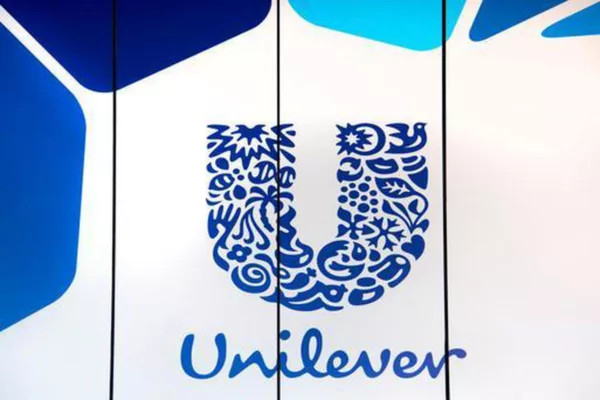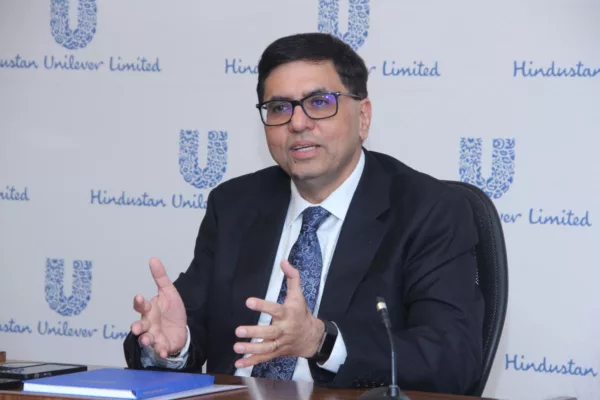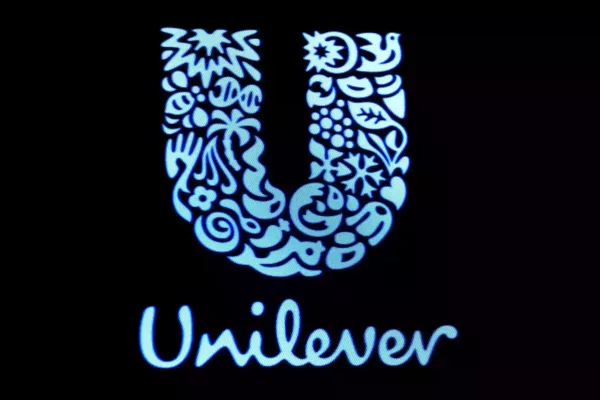Unilever’s dominance in India has led to high prices hurting the rural poor.

Unilever’s dominance in India has led to high prices hurting the rural poor.
HUL stated last week that demand from more affluent urban consumers drove a 16% increase in revenues to 149.86 billion rupees ($1.84 billion) for the quarter ending December 31. An 11% rise in underlying prices helped to sustain the increase.
Due to its dominant market position and demand from middle-class consumers, Unilever recorded robust sales growth in India last year despite significant price increases. However, industry experts cautioned the British multinational to avoid alienating poorer rural consumers, who some analysts estimate to account for nearly half of its revenues in India.
Last year, some indications were that these consumers were reining in their spending as higher inflation took its toll. In addition to the United States and China, the 1.4 billion-person country is one of Unilever’s three top markets.

According to recent data, Hindustan Unilever (HUL), the company’s local affiliate, which originated in India in 1888, contributes a little over ten percent of group sales. HUL stated last week that demand from more affluent urban consumers drove a 16% increase in revenues to 149.86 billion rupees ($1.84 billion) for the quarter ending December 31.
According to the corporation, the hike was accompanied by underlying price increases of 11%, which is far higher than India’s yearly inflation rate, which is currently at 6%.
Rural consumers will switch to smaller pack sizes if costs continue to rise because it’s harder on their budgets, predicted Alok Shah, a consumer analyst with Ambit Capital in India. According to Shah, less affluent rural consumers may switch to less expensive goods created locally rather than those made by Unilever.
Since the middle of 2021, Unilever has increased its prices more quickly than its two main competitors, P&G and Nestle, in part because of its exposure to emerging markets nations and food goods, where cost inflation has been strong. According to Unilever, the industry in India has been struck particularly hard by high energy costs and growing input prices.
According to a representative, certain input costs increased by 50% to 100% last year. The demand in rural India, where average wages are lower than in urban areas, had started to slow as prices increased, according to HUL, the largest consumer company in India by sales, in January of last year. When asked what percentage of its sales originate from people in rural areas, Unilever did not provide an answer.

Data from marketing research company Nielsen, which showed industry-wide losses in sales volumes in rural areas of more than 5% in the most recent quarter, was disclosed by HUL in its results from last week. The sales numbers were not broken down by firm. Sanjiv Mehta, the chief executive of HUL, stated that the company had started to notice signs of a pickup in rural sales as inflation eases and farm incomes rise once more.
In the second-most populated region of India, the western state of Maharashtra, Reuters met with many rural consumers who claimed that high costs had pushed them to make cuts. A 45-year-old wage worker from Satara district named Manoj Ballal claimed the cost of everything from his children’s school to medical had increased; therefore, he was looking to cut costs on consumer products. Due to their high cost, he told Reuters, “We’ve restricted the use of edible oils.” We purchase shampoo sachets for one rupee rather than two rupees. For the kids, we only occasionally buy biscuits.
More than 50 brands within the Unilever umbrella are available in India, ranging from breakfast spreads like Kissan jam to personal care and home goods like Dove deodorant and Wheel laundry detergent. Nine out of ten Indian households, according to the company, utilize at least one of its goods. According to industry experts, Unilever’s approach was to increase prices in markets where it is dominant, such as laundry soaps, in order to limit any negative effects on its market share.
Due to the intense competition in the healthcare, food, and beverage sectors, they haven’t yet adopted comparable pricing strategies, according to Ambit’s Shah. An attempt for Unilever to comment on its pricing strategy was not met with a response.
According to market statistics gathered by the All India Consumer Products Distributors Federation, Indians are paying over a fifth more than they did in January 2022 for two-kilo boxes of HUL’s Wheel Lemon & Orange Powder A+ laundry detergent (AICPDF). Shah claimed that despite boosting prices, Unilever had managed to gain market share in a number of categories thanks to its pricing approach.
Unilever’s market share gains in India in 2022 were the fastest in more than a decade, demonstrating that it had been pricing its products “responsibly and competitively,” according to a representative for the company. Unilever, according to the spokesman, considers margins, volumes, and “competitiveness” when raising prices in addition to the pressure on consumers.

Local shops
Small shops that sell everything from clothes and shoes to food and gadgets make up the majority of India’s approximately $900 billion retail sector. In contrast to Europe and the US, where major retailers like Walmart and Tesco are leveraging their own-label brands to undercut consumer goods businesses while attempting to raise prices, the private label industry is less developed in these regions.
According to Abhiman Das, an economics professor at the Indian Institute of Management (IIM), Ahmedabad, the middle-class shingled demand following the end of the COVID-19 pandemic meant that many consumers, especially in urban areas, were willing to pay more for premium goods. S. Ramananda, 57, a teacher in Bengaluru, India, said, “Since I am a regular consumer of these products and have no alternatives, I have no choice but to spend more money.”
According to AICPDF statistics, HUL has decreased pack sizes even despite maintaining pricing for specific products, a strategy adopted by numerous consumer goods companies worldwide. Regarding reduced box sizes, Unilever had no comments.
A reduction in packet size by businesses like Unilever was affecting certain customers’ purchasing patterns, according to Javed Momin, the proprietor of a grocery store in rural Satara. He said that some consumers were switching to Unilever’s Lifebuoy soap from its more expensive Lux product because “consumers need to pay more to acquire the same amount of weekly food.”
edited and proofread by nikita sharma




